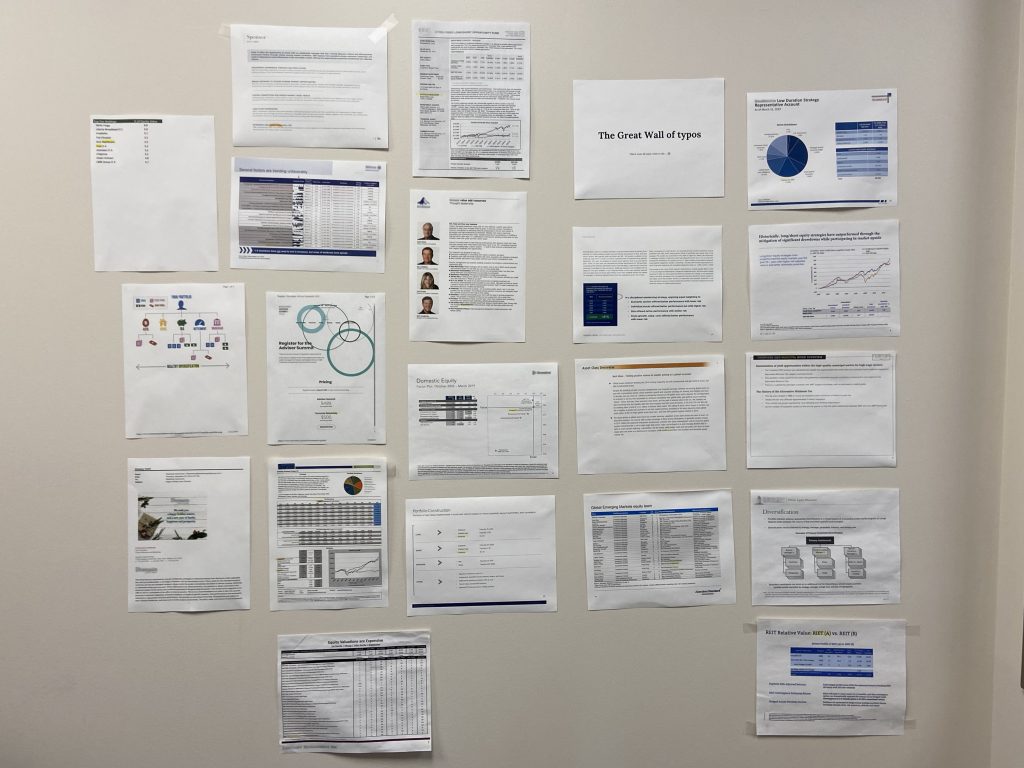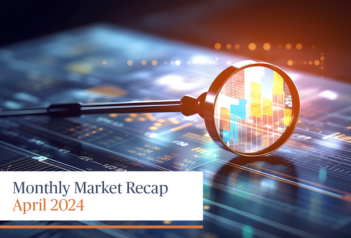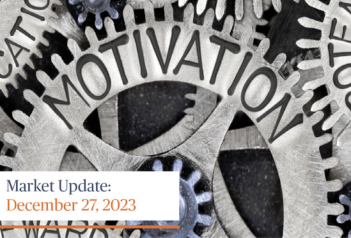As the idiom goes, “The devil is in the details.”
A few years ago, someone commented that I did not have any pictures or paintings on my office walls. After deliberating for a couple of days, I decided to have some fun. Since I do have an eye for typographical errors or typos, I dedicated the left side of my office as, “The Great Wall of Typos.”
I have coached my team not to trust spellcheck when writing client-facing content but to read the document to make sure it makes sense. Manager versus manger is a great example. Tables, graphs, and footnotes are prone to typos and a spellcheck will not catch them if imported into Word or PowerPoint. The picture below shows examples of client material we received that have gone through a review process and yet contained a typo!

So how does this relate to investments? Last week, the Federal Reserve met, and Fed Chair Jerome Powell said during his press conference that officials would begin a discussion about scaling back bond purchases used to support financial markets and the economy during the 2020 pandemic.
The Fed also released forecasts showing they now anticipate two interest-rate increases by the end of 2023 and they upgraded estimates for inflation for the next three years. “The economy has clearly made progress,” Powell said during his news conference. According to MRB Research, “The Fed’s new dot plot (which Chair Powell attempted to downplay) underscores that several Fed participants’ economic views have diverged meaningfully from those of the Fed’s more vocal dovish core.”
The Federal Open Market Committee (FOMC) voted to keep the target range for its benchmark policy rate unchanged at zero to 0.25% and maintained the $120 billion pace of its monthly bond purchases. The more hawkish signal from the Fed’s forecasts saw the dollar rise, stocks decline, and yields on Treasuries jump.
While Powell cautioned that discussions about raising rates would be “highly premature,” the Fed kept up its inflation forecasts through the end of 2023.
“I am confident that we are on a path to a very strong labor market,” Powell told reporters.
The FOMC also raised its projections for economic growth. It now expects GDP to grow 7% this year, 3.3% in 2022, and it raised the 2023 estimate to 2.4%.
In conclusion, the takeaway is that Fed policy has turned from a tail wind to a head wind for the equity markets going forward, with investors increasingly fixated on when and by how much the Fed will taper and eventually raise rates. Will the Fed take small steps or a giant leap toward normalizing interest rates? The devil will be in the details.
If you have any questions or want to have a conversation about the market or your portfolio, please contact Liz, Ed, Fred, Scott, Tyler, or myself. Your Sendero team is ready to help.
Amaury de Barros Conti
Partner | Vice President Investments
aconti@sendero.com
210-930-9409


